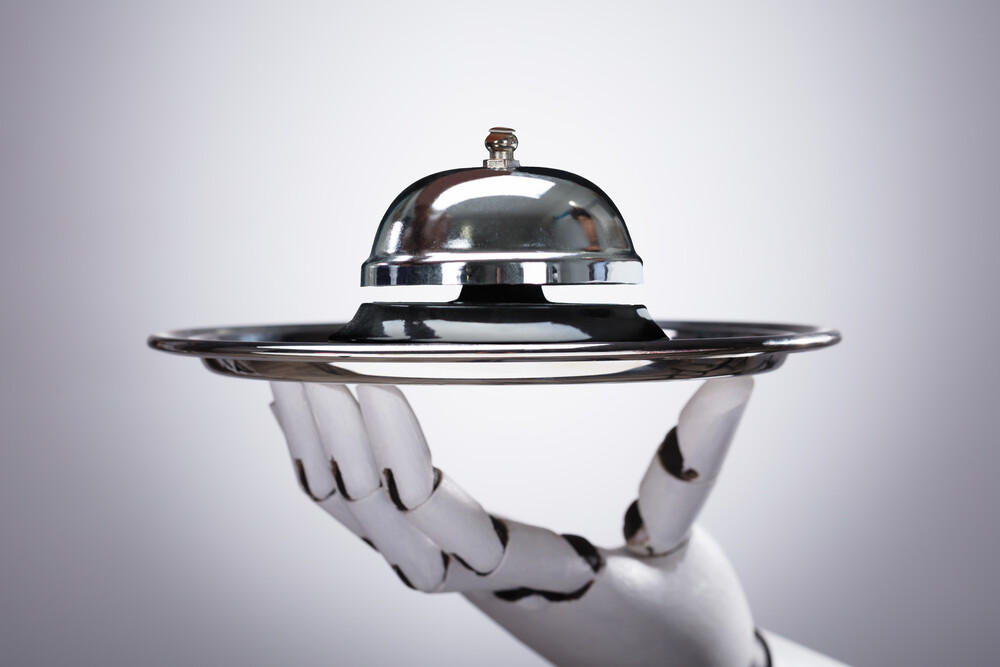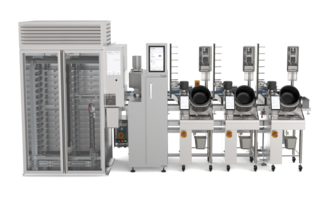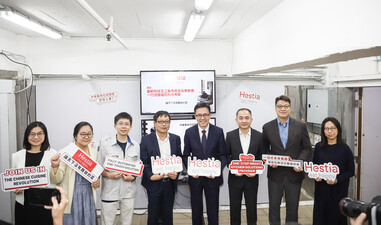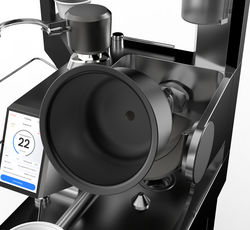
Robotic chefs powered by AI are set to revolutionise our dining experiences in the near future (conceptual image).
‘We’re not just shaping the future of dining—we’re bringing the world’s cuisines to every corner of the globe, making exceptional food accessible to all,’ said Professor Guanhua Chen.

This advanced system recreates complex flavours and techniques, including the signature ‘wok hei’ of Cantonese cuisine
Chen’s journey into culinary robotics began with a personal challenge. In 2012, he opened his dream restaurant, Café Hunan, in Sai Wan. Like many restaurateurs in Hong Kong, he struggled with high turnover rates among chefs and the difficulty of maintaining consistent food quality across multiple locations. ‘Some chefs would leave after just one or two months, and it was impossible to ensure the same level of quality,’ Chen explained.

Delicious dishes created by this innovative robotic system!
Their flagship invention, the Automated Multicooker, is a true marvel of culinary engineering. This intelligent machine, along with other innovations such as customisable fryers, precise sauce dispensers, and smart ingredient storage systems, seamlessly manage every step of the cooking process from retrieving ingredients and stir-frying to thickening sauces, plating dishes, and even cleaning up afterwards.,stries, driving impactful advancements and innovation

Professor Dong SUN (Fourth from the right), Secretary for Innovation, Technology and Industry, visited Hestia in July 2024 and met with Professor Guanhua CHEN (fourth from the left) to discuss the development of innovation and emerging industries in the region.
The road to success was not without challenges. One major hurdle was achieving consistency in the dishes. To overcome this, the team used thermal imaging cameras and AI to record top chefs at work, analysing and replicating their techniques in the robot. ‘Our system can learn to cook 10 dishes within a day,’ Chen explained.
This robotic system is a game-changer for the catering industry, tackling labour shortages as fewer young people pursue demanding kitchen jobs. ‘It addresses the challenge of finding skilled chefs while also managing high costs,’ Chen said.

The Automated Multicooker handles
every step of the cooking process with
precision and consistency, redefining
efficiency.
Already adopted by restaurants in Japan and the United States, the robot is specifically designed to master the intricate techniques of Chinese cooking, including achieving the elusive ‘wok hei’, the smoky, charred flavour that defines Cantonese stir-frying.
Despite scepticism from some in the industry about the costs and practicality of robotic chefs, Chen remains confident. ‘We’ve recently developed the fifth generation of the robot,’ he shared, noting that their new factory in Tsuen Wan is set to produce 3,000 units by 2026.
Hestia has already forged key partnerships to support its global expansion. This includes collaborations with MenuSifu, the largest point-of-sale provider for Asian restaurants in the US, serving over 12,000 clients, and Kyomirai in Japan. These alliances are set to accelerate Hestia’s entry into international markets. In 2024, Hestia reported USD 3.8 million in revenue and grew its team to 88 staff members.
Looking ahead, Chen envisions expanding the application of robotics beyond kitchens. ‘This is just the beginning,’ he said. ‘Our ultimate goal is to push the boundaries of AI and robotics, not only in food but in other industries. We want to inspire the next generation of innovators to think creatively about solving global challenges.’
Hong Kong Quantum AI Lab HKQAI, co-founded by professors from HKU and Caltech under the AIR@InnoHK research cluster, operates as part of the HKSAR Government’s InnoHK initiative to foster global research collaboration and establish Hong Kong as a leading hub for advanced technology. HKQAI focuses on developing transformative AI and robotics technologies by integrating algorithms, software, and hardware into an ‘AI + Quantum Chemistry + Robotics’ platform for new material discovery. Leveraging this approach, the lab expands the application of robotic technology across industries, driving impactful advancements and innovation. |
| < Previous | Next > |

